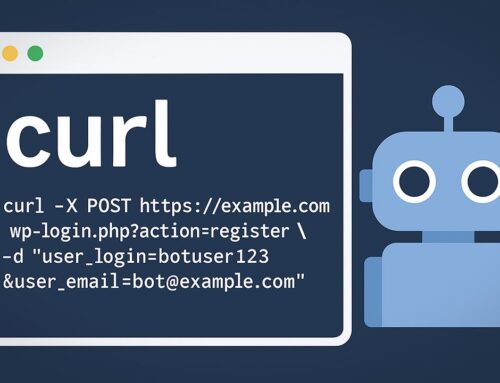Fireside chats with ChatGPT AI:
What is XML?
XML (eXtensible Markup Language) is a markup language used to encode documents in a format that both humans and machines can read. It is similar to HTML, but while HTML is used for displaying data, XML is designed to transport and store data. XML allows you to define your own tags, making it very flexible and versatile.
Key Features of XML eXtensible Markup Language:
- Self-descriptive structure: XML tags are not predefined, so users can create their own tags based on the type of data they want to represent.
- Platform-independent: XML can be used on any platform, making it highly interoperable.
- Hierarchical data organization: XML documents organize data in a tree-like structure, which makes it easy to navigate.
- Readability: Although primarily designed for machines, XML is readable by humans.
Example of XML:
<note>
<to>Alice</to>
<from>Bob</from>
<heading>Reminder</heading>
<body>Don't forget the meeting at 10 AM!</body>
</note>
Common Uses of XML:
- Data transport: XML is often used for transmitting data across different systems.
- Configuration files: Many applications use XML for their configuration files due to its flexible structure.
- Web services: XML is commonly used in web services (like SOAP) to encode the messages exchanged between client and server.









Leave A Comment